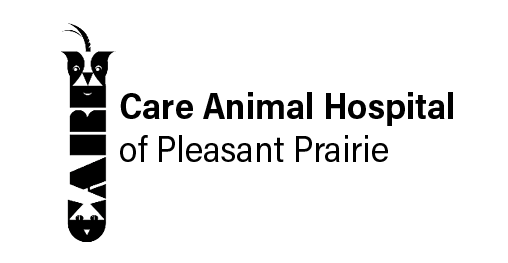Library
-
Testing for FeLV is recommended to detect underlying causes to illness, to screen apparently healthy cats who may have been exposed to the viruses, and to identify carriers of the viruses prior to introducing cats into a household of other cats. Testing protocols are discussed. Vaccination against FeLV will not affect the outcome of a cat already infected with the virus nor will it affect testing.
-
Visceral vascular tumors are tumors which arise from blood vessels. The main tumor types are hemangiosarcomas (cancerous) and hemangiomas (benign). The clinical signs vary depending on the location of the tumor. Surgery is the recommended treatment option. Given the highly metastatic nature of hemangiosarcoma, chemotherapy is also recommended.
-
Too much vitamin A can lead to poisoning. While somewhat uncommon in North America, vitamin A toxicity is sometimes diagnosed in cats that are fed primarily table scraps. There seems to be considerable variability in how susceptible individual cats are to this problem. It takes a long time for the clinical signs associated with vitamin A toxicity to develop; symptoms do not usually appear until the cat is at least middle-aged.
-
Too much vitamin A can lead to poisoning. While somewhat uncommon in North America, vitamin A toxicity is sometimes diagnosed in dogs that are fed primarily table scraps. It takes a long time for the clinical signs associated with vitamin A toxicity to develop; symptoms do not usually appear until the dog is at least middle-aged.
-
Vitamin D poisoning occurs when a cat ingests a toxic dose of vitamin D. A common source of vitamin D poisoning is when a cat accidentally ingests rodenticides containing vitamin D. The initial clinical signs of poisoning occur anywhere from 8 to 48 hours after ingestion and include depression, weakness, and appetite loss. Vomiting, increased drinking and urination, constipation, and dehydration typically follow these signs.
-
Vitamin D poisoning occurs when a dog ingests a toxic dose of vitamin D. A common source of vitamin D poisoning is when a dog accidentally ingests rodenticides containing vitamin D. Another source of vitamin D poisoning is the accidental ingestion of certain human medications.
-
Vomiting may be caused by disorders of the stomach, but is a clinical sign that can occur with many diseases and problems. Different types of vomiting are reviewed. Any required tests are determined based on physical examination of your cat and questions regarding how your cat has been acting and feeling at home.
-
Vomiting is the forceful evacuation of stomach contents. It is a clinical sign of a disease. Most cases of acute vomiting resolve quickly with simple treatment, without the underlying cause being diagnosed. Any required tests are determined based on physical examination of your pet and the signs your dog has been displaying at home.
-
Von Willebrand's disease is an inherited bleeding disorder. Cats with von Willebrand's disease lack von Willebrand's factor, a blood protein that helps platelets adhere to sites of blood vessel injury. Although affected cats have normal platelets, they experience clotting difficulties because their platelets do not properly adhere to injury sites.
-
Von Willebrand’s disease is a bleeding disorder that results from the lack of von Willebrand factor (vWF), a protein needed to help platelets clump together and seal broken blood vessels. Affected dogs have varying amounts of vWF. Doberman Pinschers are the most common breed affected but they are mildly affected compared to Scottish terriers and Chesapeake Bay retrievers. Dogs can develop bleeding at any time in their life. Certain drugs that interfere with platelet function should be avoided in affected dogs. Treatment of severely affected dogs requires a blood or plasma transfusion. Screening of breeding animals is recommended to reduce the incidence of the disease.


